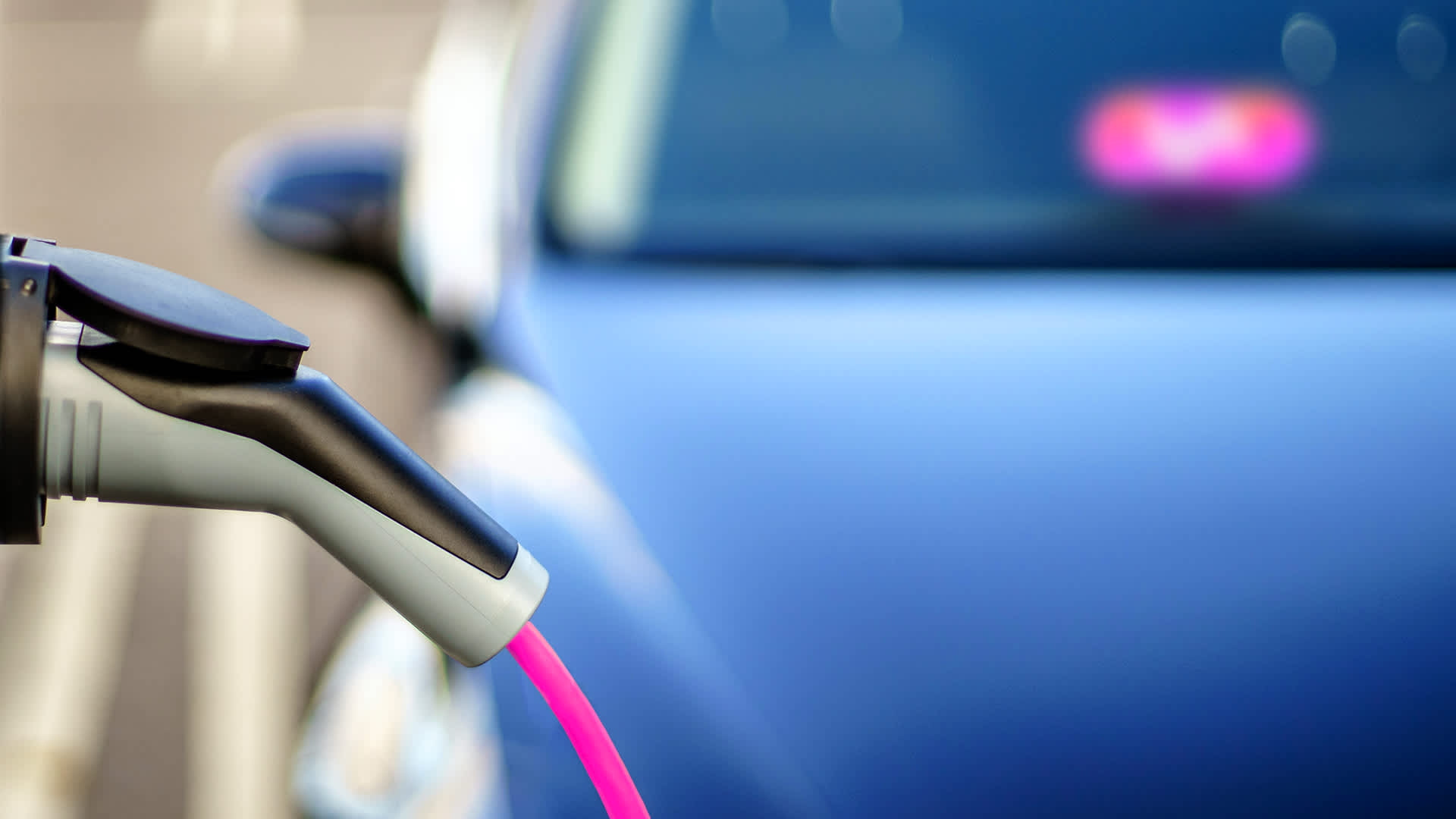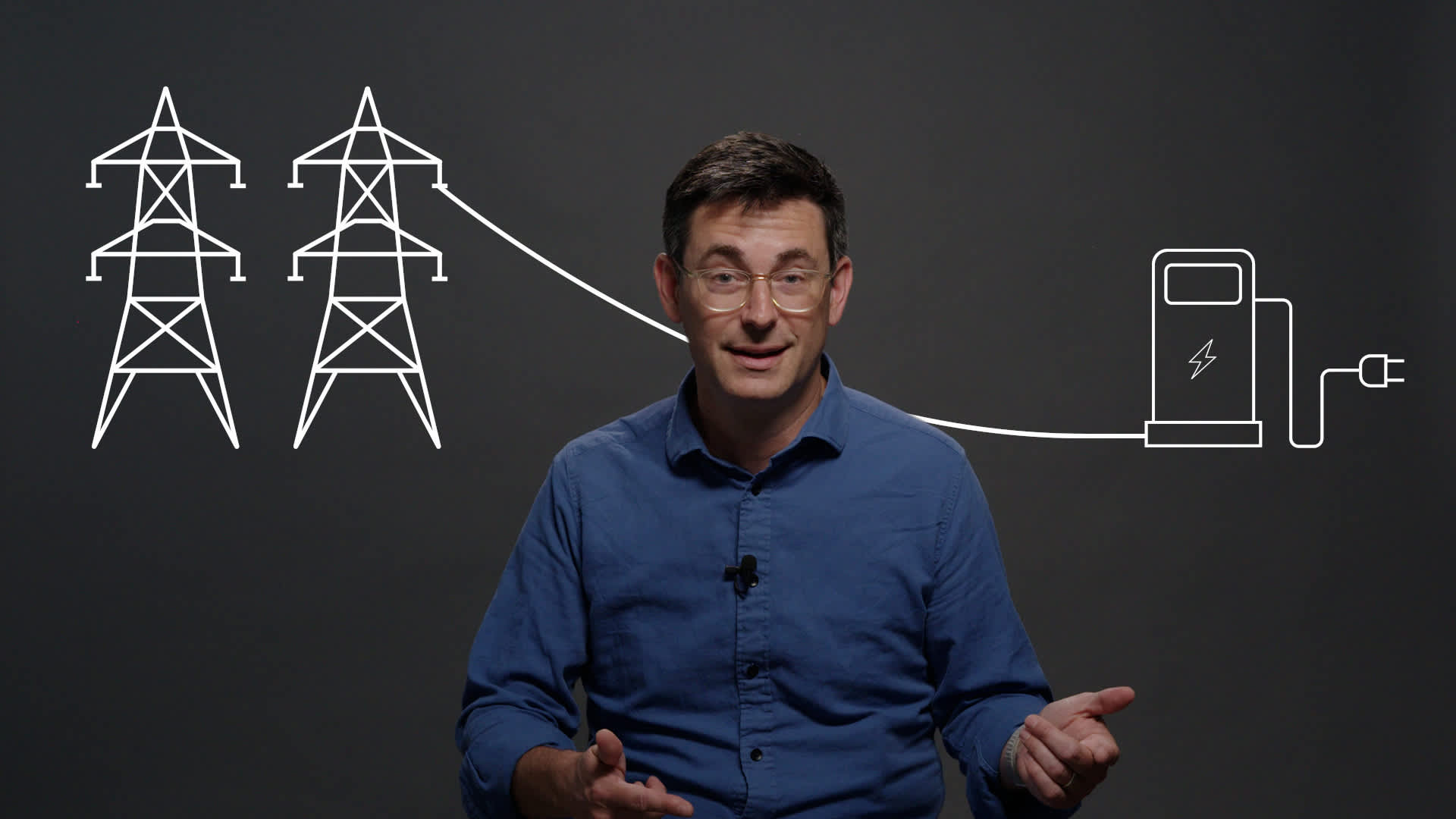
Electric vehicle sales hit a new record high for the country in 2022, with around 800,000 sales, or 5.8% of all cars sold. With more EVs coming to American roads every year, some experts believe we are on the verge of an EV inflection point.
The good news is the U.S. can generate more than enough electricity to support this new wave of EVs. A 2019 report from U.S. DRIVE, a partnership between the U.S. Department of Energy and the electric utility, oil and gas, and automotive industries, analyzed the growth in power output of the U.S. electrical grid throughout history. Even at the high end of projected EV adoption — up to 7 million new EVs on the road by 2030 — the U.S. power grid should be able to generate enough energy to accommodate them all and more, up to as many as 25 million EVs annually.
The bad news is that the same report warns that “EV charging demand aggregation can potentially have a detrimental impact on grid operation by augmenting the existing [demand] peaks” of when people are drawing electricity the most. In other words, if utilities don’t plan for and manage EV charging demands that can peak at certain times of day, the electrical networks their customers depend on could suffer brownouts or blackouts.
The need for data
Some utilities and energy organizations are preparing by gathering data and analyzing charging trends so they know when demand is likely to be highest. The problem is finding a data set of EV driver behavior large enough to extrapolate meaningful results.
Enter rideshare drivers, who drive much farther per day on average than typical drivers.
In 2021, Peninsula Clean Energy, a nonprofit electricity provider in California’s San Mateo County dedicated to providing 100% clean energy, announced a pilot program with Flexdrive, an independently managed subsidiary of Lyft that supplies drivers with vehicles to rent, lease, or own.
“We wanted to learn how ride-hail drivers are charging and how we can best provide the most renewable energy possible for every hour of the day, as more and more ride-hail drivers switch to EVs,” says Phillip Kobernick, transportation programs manager at Peninsula Clean Energy.
“Utilities are in the business of selling electrons,” says Jon Walker, senior manager of sustainability policy at Lyft. “This partnership helps to inform them of their future customers and the coming influx of EVs.”
The first step was getting more rideshare drivers into EVs — a challenge given the sticker price of one is often higher than an equivalent gasoline-powered model. That’s why Lyft offers a program that allows drivers to rent Kia Niro EVs from rental car providers on a flexible weekly basis. “Rental cars offer an easy ‘low barrier to entry’ way to try out an EV,” Kobernick notes.
As part of the partnership, Peninsula Clean Energy subsidizes the cost of 100 of these rental EVs from Flexdrive. In exchange, Flexdrive provides the utility with data on when and where the EVs charge, how long each charging session lasts, and what types of chargers the drivers use. So Peninsula Clean Energy gets EV load data that it can use to plan for future demand spikes and serve EV-charging customers with the most renewable energy possible.
The results so far
The initial data gleaned from Flexdrive and Peninsula’s partnership is revealing. Since the program officially began in March 2022, the participating EVs have completed more than 213,500 rides and covered more than 2.72 million miles on the Lyft platform.
The EVs in the partnership have consumed a total of 568,555 kilowatt hours (kWh) of electricity via charging and use a collective average of 3,000 kWh per day, saving an estimated 146 gallons of gas per day.

The peak charging demands occurred around 11 a.m. and 7 p.m. on weekdays and at 3 p.m. on the weekend, with the lowest charging demand occurring between midnight and 8 a.m. More than 88% of all charges took place at Direct Current Fast Chargers (DCFC), which can recharge EVs with 150 miles of range in about 15 to 30 minutes, compared with four to eight hours at slower Level 2 (L2) chargers. The Lyft data revealed that drivers in this program spent an average of 50 minutes at DCFCs and more than three hours at L2 stations. (This data may have been influenced by the fact that Lyft bundled DCFC charging into its rental program, making drivers more likely to use those chargers.)
The data also showed that 75% of the 265 drivers who have participated in the program so far are from low-income areas, and more than 66% identify as minorities, a strikingly diverse group given the current pool of EV drivers across the U.S., which trends predominantly white and male. These demographics may influence charging behavior, as African American and Hispanic people are more likely to be renters than homeowners, and property lease agreements may make it harder to install charging ports at home, spurring them to use commercial and public stations. (Furthermore, as these drivers were renting their cars on a short-term basis, they wouldn’t have been likely to install a home-charging system.)
Peninsula Clean Energy plans to use this data in several ways. First, it can help them analyze and predict when EV charging demand will be highest, especially among high-mileage drivers who use charging stations outside the home. But it can also help them know when to encourage its customers to charge to avoid overloading the system.
One popular strategy is “load shifting,” wherein EVs and other “smart” devices control when they start and stop charging and the rate at which they’re drawing power. Load shifting also happens on the utility side, storing excess solar and wind power in batteries and other systems to release it later when demand peaks.
Power companies have also been exploring price incentives to encourage drivers to charge at off-peak times — for instance, lowering the price of electricity in the early morning hours when there is currently the lowest average daily demand. In all cases, getting more EV-use data from some of the most active drivers — those clocking rideshare miles — can help electricity providers and grid operators figure out the best strategies to deploy and when to keep the electrons flowing into our EV future.
The content provided in this article is for informational purposes only. Unless otherwise stated, Lyft is not affiliated with any businesses or organizations mentioned in the article.


